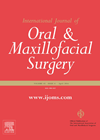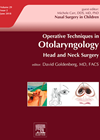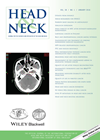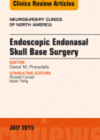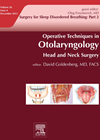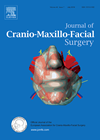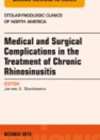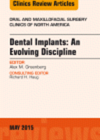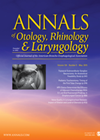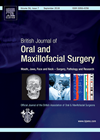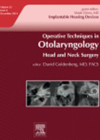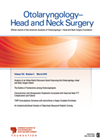
Journal Reviews
Changes in airway dimensions after orthognathic surgery
This is a systematic review of meta-analysis evaluating the effect of different types of orthognathic surgery on the cross sectional area and volume of the upper airway as assessed using CT or MRI. They found 28 articles of which only...
Advancing the tongue in OSA surgery
This article further delineates the options for hypopharyngeal OSA and describes the technique of genioglossus advancement to improve the tension in the tongue base. The authors take the reader through the relevant anatomy appropriate to the procedure and describe the...
Risk factors for TORS treatment failure in HPV-related oropharyngeal cancers
HPV-related squamous cell cancers are an increasingly common cause of malignancy in the oropharynx. There is evidence that these cancers are associated with a significantly improved overall survival compared to conventional HPV-negative tumours. The optimal treatment for such cancers is...
The increasingly favourable outcomes from endoscopic endonasal approaches for the management of pituitary adenomas
Historically, pituitary tumours have been surgically managed with an open, transcranial approach. Although this approach still has its merits in large intracranial adenomas, technological advancement has allowed smaller tumours to be debulked via a transseptal microscopic technique. These days, the...
Surgery for hypopharyngeal obstruction causing OSA
Surgical treatments for OSA are evolving with improved diagnostic accuracy of the level(s) involved. Where the collapsing segment lies below the soft palate, a variety of surgical techniques to correct the affected segment(s) are emerging. This article concentrates on one...
An overview of microsurgical reconstruction of the head and neck worldwide
Microsurgical reconstruction is an integral part of the treatment following ablation for malignancy or trauma. Currently there are no clear treatment guidelines following tumour resection. This was recognised a few years ago and in 2008 various collaborative groups were founded...
Do I need Google maps in here?
Image guidance surgery (IGS) has grown in popularity. This review article discusses its application in endoscopic sinus surgery (ESS). IGS technology has vastly improved with smaller, more mobile platforms that are easy to set up and use. IGS allows validation...
Post-cancer prosthodontic reconstruction
A functional outcome after head and neck cancer resection is aimed at restoring speech and swallow. Dental reconstruction greatly facilitates this, particularly by enabling the patient to chew food. The authors reinforce the need for careful presurgical planning with treatment...
Benefit of prolonged voice rest following phonosurgery
The recommendation for voice rest following surgery is not agreed amongst surgeons, regarding either the type of voice rest (absolute or relative) or the optimal duration. In this ongoing study, 31 elective patients operated on for benign laryngeal lesions were...
Plunging new depths for the treatment of ranulas
Within our scope of practice, we encounter a number of salivary gland pathologies, including the sublingual gland. Clinical signs are often subtle, and even with meticulous surgical management, morbidity can easily occur. Textbooks advocate excision of the gland as the...
Experience of the Sophono transcutaneous bone conduction system
This article is a frank discussion of the authors’ experience implanting these devices. The principle of the device is surgical implantation of a bilobed magnet within a bony well in the cranium (similar position to BAHA). The implant is a...
Evidence for balloon eustachian tuboplasty
Balloon eustachian tuboplasty is an emerging intervention aimed at the management of eustachian tube dysfunction (ETD) and its sequelae. The authors acknowledge that ETD is a common but frequently ill-defined problem, with no well-established direct treatment. They performed a systematic...

